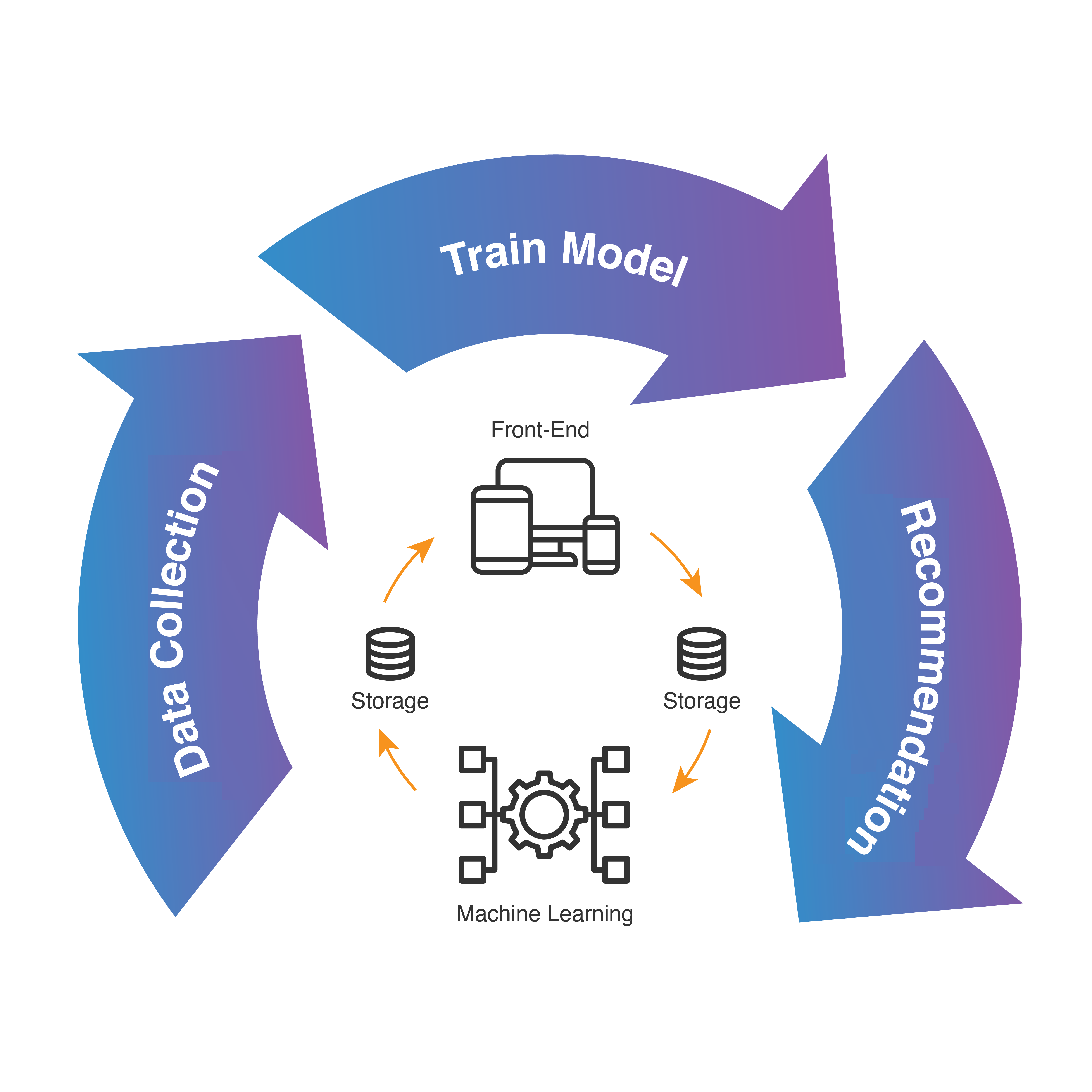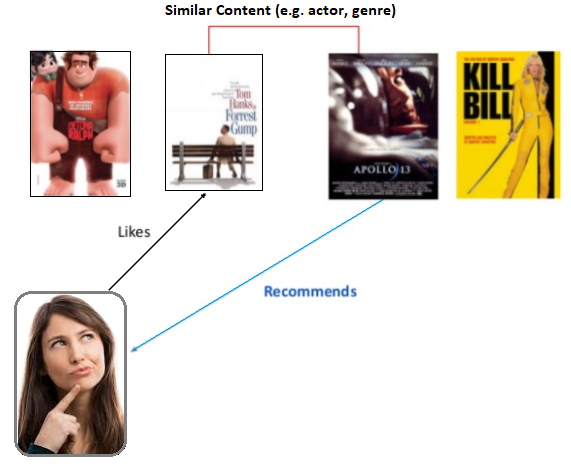
Recommender Systems 101: What are they, and how do they work?
Recommendations appear everywhere. Netflix shows you movies you may like based on your watching patterns. And when you online shop, you may see suggestions like, “Customers that bought this item also bought this one,” or you see people you may know in social media platforms. These are examples of a type of machine learning called recommender systems.
Machine learning applies mathematical algorithms and statistical techniques on large amounts of data to create models that can generate predictions and recommendations and detect anomalies. Recommender systems are one of the most successful and widespread applications of machine learning in business.
How does a Recommender System work?

This process starts in the data collection phase where data can be classified either as explicit or implicit. Data provided by users, such as ratings and comments, are explicit. Implicit data consists of historical orders, returns, search logs, clicks, cart contents, and page visits.
The training phase applies mathematical algorithms and statistical analysis on the collected data to “learn” the patterns that are present. The algorithms used in machine learning models for recommender systems can differ based on a specific problem. Let’s list the most common methods in order to understand them.
Collaborative filtering consists of recommending items that people with a similar taste have preferred in the past. For example, collaborative filtering analyzes the data to find two users who liked the same item previously and may potentially like a similar item in the future. This method can avoid repetitive recommendations but requires a lot of data.

Image source: Ankur, Tomar, Medium
Content-based filtering focuses on the preferences of a specific user. The algorithms track actions such as pages visited, time spent in different categories, clicked items, purchased products, etc. Then, based on those past events, the system makes personalized recommendations comparing similar categories/labels. It is a simple method not requiring a large amount of information to suggest items, but it can offer repetitive recommendations related to the same class.

When collaborative filtering and content-based filtering are combined into a hybrid mode, they can balance each other’s strengths and weaknesses. Recommendation lists can be made by joining the indicators given by the two systems, allowing the initial user to receive recommendations at first, and users who have been on the platform for longer to not be restricted to a similar content bubble. A hybrid system can have separate lists like most viewed content by other users, user recommendations similar to a first-time user, and content that most resemble what a user consumed before.
After the machine learning model is trained, the recommendation data is ready to be consumed. A common approach is to deploy a model into a container that exposes a REST API, so that a web app can query the recommendation system with parameters based on the current user. The system returns recommendations to the web app for that user and it can display them on the page.
Machine learning systems are an iterative process. As you accumulate more data, the recommendation engine should be retrained so that it becomes smarter and improves its recommendations, making them more relevant and effective in getting visitors to click and buy.

Machine learning-based recommendation systems have gained popularity and play a significant role in the new digital age. Microsoft Azure has various machine learning services that can be implemented in a very cost-effective manner and a timely fashion.
How would you incorporate a recommendation system into your website or app? Imaginet can help you build and use these systems effectively. Contact us today to schedule a free consultation call to get started.
Thank you for reading this post! If you enjoyed it, I encourage you to check out some of our other content on this blog. We have a range of articles on various topics that I think you’ll find interesting. Don’t forget to subscribe to our newsletter to stay updated with all of the latest information on Imaginet’s recent successful projects

discover more
Integration Between Power Platform and SharePoint Encourages Innovation
Organizations are focusing on innovation, streamlining their processes, and delivering better experiences for employees and customers. Power Platform and SharePoint are the Microsoft products that are helping organizations focus on…
Mastering Subagents in VS Code + Copilot: How To Actually Use Them
If you’ve ever dumped a giant problem into Copilot Chat and watched the conversation slowly turn into spaghetti, subagents are the feature you’ve been waiting for. Think of subagents as…
5 Common Misconceptions About Cloud Migration: Debunking the Myths
We’ve all heard of the cloud and cloud migration. But how important is it actually for your business? Organizations are moving to the cloud for several reasons: to improve agility,…
Let’s build something amazing together
From concept to handoff, we’d love to learn more about what you are working on.
Send us a message below or call us at 1-800-989-6022.




